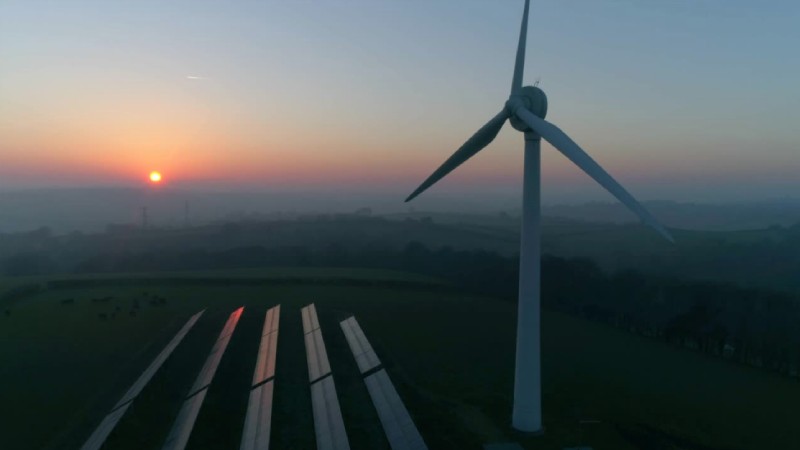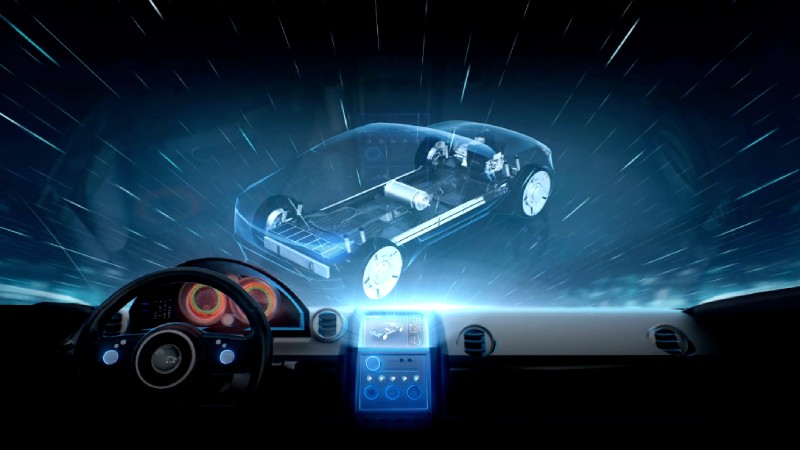We lead the development of future transportation systems for movement across land, water, air and extraterrestrial environments.
Our networks for moving people, goods, and physical services across land, water, air, and space will change drastically by mid-century. From urban air taxis to the frontiers of human space flight, we will need optimized networks of vehicles that communicate with one another for safe, smooth delivery and function. Autonomous vehicles must be designed with appropriate human factors and human-machine teaming interfaces, while alternative energy sources, propulsion, and control systems will be critical to slowing the effects of climate change.
Preventing Wrong-Way Driver Crashes
Caltrans and the UC Davis Advanced Highway Maintenance and Construction Technology (AHMCT) Research Center released two reports highlighting ways to prevent rare but often deadly collisions involving wrong-way drivers.
One of the prevention measures included in the three-year pilot program — reflectors that alert drivers they are entering the roadway in the wrong direction — proved to be so effective that Caltrans has already installed the reflective markers on hundreds of miles of highways.









